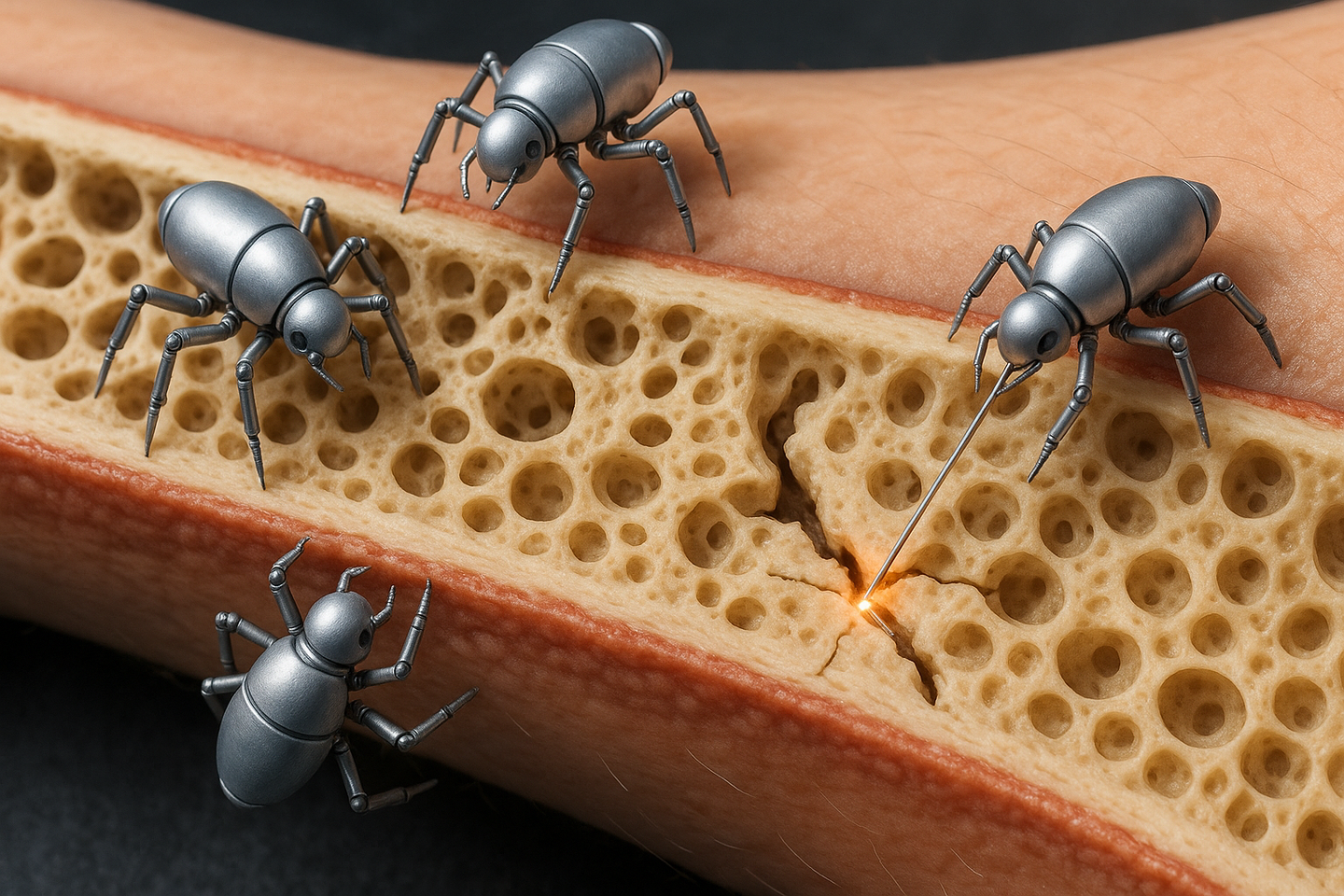New antibody therapy eliminates cancerous tumors in clinical trial
For years, scientists have hoped to harness the immune system to attack cancer using a group of drugs known as CD40 agonist antibodies.

A redesigned antibody injected directly into tumors shrank cancer in half of trial patients, with two seeing complete remission. (CREDIT: Shutterstock)
For years, scientists have hoped to harness the immune system to attack cancer using a group of drugs known as CD40 agonist antibodies. On paper, they looked like a breakthrough. In mice and other lab studies, these engineered proteins kicked the body’s defenses into high gear, destroying tumors with precision.
But in human patients, the results were disappointing. Instead of knocking back cancer, the drugs often brought on dangerous side effects—serious inflammation, blood clotting issues, and liver damage—even at small doses.
That rocky track record left researchers asking a hard question: could CD40 antibodies ever be made safe and effective for people? A team at Rockefeller University led by immunologist Jeffrey V. Ravetch thought the answer was yes. They believed the problem wasn’t with the idea itself but with how the drugs were built and delivered.
Engineering a Better Antibody
Back in 2018, Ravetch’s lab redesigned a CD40 antibody to work more powerfully while avoiding the pitfalls of earlier versions. The new drug, called 2141-V11, was tweaked in two important ways. First, it was engineered to latch tightly onto its target, a receptor called CD40 found on immune cells. Second, it was modified to better activate a signaling pathway that boosts immune activity.
But the biggest change wasn’t in the antibody’s design—it was in how it reached the tumor. Instead of sending it through an intravenous drip, which spread the drug widely throughout the body, Ravetch’s team decided to inject it directly into tumors. That way, fewer healthy cells would be exposed, lowering the chance of dangerous side effects.
“When we did that, we saw only mild toxicity,” Ravetch said of their early preclinical work. Those promising results opened the door to testing the drug in people.
Related Stories
- New anticancer drugs could significantly improve immunotherapy
- Scientists harness bacteria to deliver cancer-killing virus and halt tumor spread
First Human Trial
A phase 1 clinical trial enrolled 12 patients with advanced cancers that had spread to different parts of the body, including melanoma, breast cancer, and kidney cancer. The results, published in Cancer Cell, were striking.
Half of the patients saw their tumors shrink. Two patients—one with melanoma and another with metastatic breast cancer—saw their cancer disappear entirely. Both of these cancers are notoriously aggressive and difficult to treat.
“The melanoma patient had dozens of metastatic tumors on her leg and foot, and we injected just one tumor up on her thigh,” Ravetch recalled. “After multiple injections of that one tumor, all the other tumors disappeared.” The same thing happened in the breast cancer patient, whose disease had spread to the skin, lungs, and liver. Only a skin tumor was treated, but the others vanished as well.
First author Juan Osorio, a medical oncologist at Memorial Sloan Kettering Cancer Center, described the results as remarkable. “Seeing these significant shrinkages and even complete remission in such a small subset of patients is quite remarkable,” he said.
A System-Wide Response
Perhaps the most surprising finding was that injecting a single tumor didn’t just affect that tumor. It sparked a system-wide immune response. Tumors elsewhere in the body that were never injected also shrank or disappeared.
“This effect—where you inject locally but see a systemic response—that’s not something seen very often in any clinical treatment,” Ravetch said. “It’s another very dramatic and unexpected result from our trial.”
When the team studied tumor samples, they found something unusual. The drug had turned tumors into hubs packed with immune cells. Different kinds of T cells, B cells, and dendritic cells clustered together, forming structures that resembled lymph nodes.
These “tertiary lymphoid structures” are known to support stronger immune responses, and their presence is often linked with better outcomes in cancer treatment. Even tumors that weren’t directly injected developed these structures, showing that the immune system had been fully mobilized.
Why Some Patients Respond
The complete remissions raised another question: why did the treatment work so well in some patients but not others? A clue came from studying the immune systems of the two patients whose cancers disappeared. Both already had high levels of active T cells before treatment.
“This suggests there are some requirements from the immune system in order for this drug to work,” Ravetch explained. “We’re in the process of dissecting these characteristics in more granular detail in these larger studies.”
Oncologists know that immunotherapy, as a whole, only works in about 25 to 30 percent of patients. The big challenge is figuring out who those patients are ahead of time, and how to help the others respond.
Expanding the Trials
Encouraged by the early success, Ravetch’s group and their collaborators at Memorial Sloan Kettering and Duke University have launched new trials. Nearly 200 patients are now enrolled in studies testing 2141-V11 against several tough cancers, including bladder cancer, prostate cancer, and glioblastoma, a highly aggressive brain tumor.
Dr. Luis Álvarez Vallina, an immunologist not involved with the work, said the direct injection approach appears to be key. By limiting exposure to the rest of the body, it reduces side effects while amplifying immune action where it matters most. He noted that the treatment may be best suited to tumors that are easy to access, like those in the skin, bladder, breast, or lymph nodes. Still, he emphasized that the early trial was small and included different cancer types, so larger studies are essential to confirm how long-lasting the benefits might be.
Practical Implications of the Research
If future trials confirm these results, cancer therapy could shift in important ways. Directly injecting a redesigned CD40 antibody may open a safer and more effective path for patients who haven’t responded to existing treatments. Identifying biomarkers, such as pre-existing levels of T cells, could also allow doctors to predict which patients are most likely to benefit, making personalized cancer care more precise.
The ripple effect of a single injection—where one treated tumor triggers an immune attack on distant tumors—offers a powerful new strategy. Instead of treating each tumor site individually, doctors might be able to awaken the body’s own defenses to clear cancer throughout the body. For patients with advanced disease, that could mean more hope and fewer side effects.
Note: The article above provided above by The Brighter Side of News.
Like these kind of feel good stories? Get The Brighter Side of News' newsletter.



